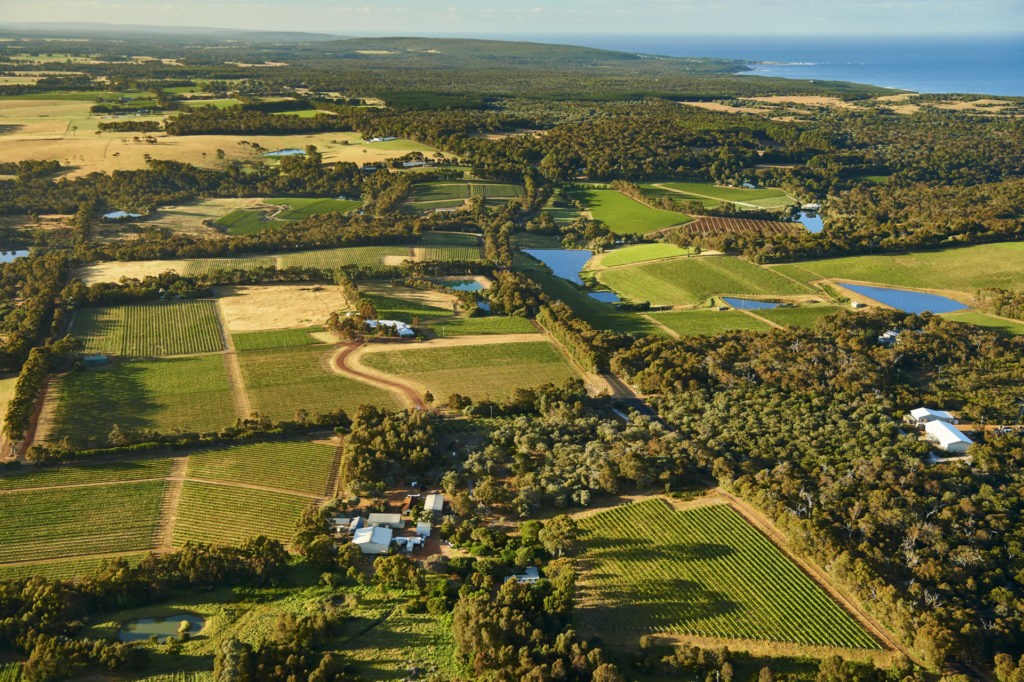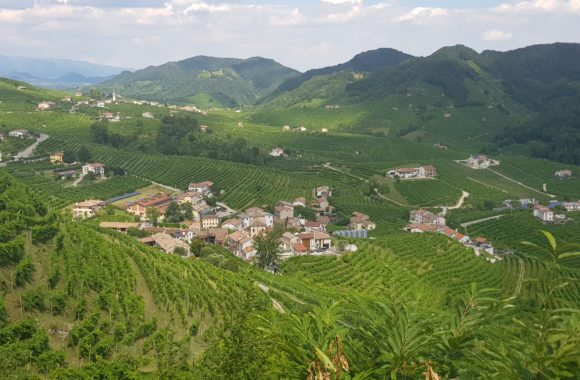
An Introduction To: Australia
· Peter Mitchell MW Peter Mitchell MW on
Jeroboams Education is a new series on our blog providing you with the lowdown on the most iconic wine producing regions of the world. Led by our super buying team, Peter Mitchell MW and Maggie MacPherson will introduce you to the key facts and a little history of all the regions you recognise but perhaps don’t know too well. To help really further your education, why not drink along?
Australian wine has followed a dramatic journey over the past 40 years. From 1980, when 97% of the small production was consumed domestically, through the export boom of the mid 1980s, explosive vineyard expansion in the 1990s and then a painful realisation that they couldn’t easily compete at the bulk end of the global market which has seen a gradual decline in vineyard area and realignment of the market in the last 15 years.
Australian winemakers created a paradigm shift in the late 1980s wine world by ignoring their own egos and making wines that consumers wanted – completely at odds with the traditional producing regions who made wine how they always had and expected consumers to buy it. This accessibility changed the face of wine consumption in many markets around the globe and the easy to drink style at an affordable price introduced a whole new group of consumers to the pleasures of wine. There was also a clear quality ladder within brands, allowing customers to trade up as their enthusiasm and income grew. All of this was aided by a lack of regulation and subsidy and the famous Australian ‘can do’ attitude. This made Australia the trail blazer for new world producers (the USA might have filled that role, but its producers were mostly too inward looking and had a huge captive domestic market) but in recent times it has also hampered them as others with lower production costs, notably in south America, have stolen some of their thunder and the country has struggled to shake off the cheap and cheerful label with many consumers.
When considering Australian wine, it is important to remember that the great part of production here is unlike that in other countries as historically for Australians, wine is foremost an agricultural product. Grapes are grown by farmers, then purchased by others and processed in wine factories for market. Often the grapes travel over a thousand miles in refrigerated transport to reach the winery and the concept of terroir or regionality has largely been scorned. As we stand now, Australian wine can almost be considered as two separate entities. The big 5 companies – Treasury (Penfold’s, Lindeman’s, Wynn’s, Wolf-Blass, Rosemount), Accolade (Hardy’s, Banrock Station), Australian Vintage (McGuigan), Pernod Ricard (Jacob’s Creek) and Casella (Yellowtail) – who make over 60% of the country’s wine from fruit sourced all over the south-east (although the majority is grown in the vast inland zones of Riverina, Murray-Darling and Riverland) and account for over 85% of exports and then the remaining 2,250 producers, many of whom make wines more reflective of where they are grown. In this second group are generally the most interesting wines and where the growing trend of regionality is strongest, however it is hard to be heard banging the drum for each individual region, when the whole orchestra has been playing the tune of extraterritoriality for 40 years.
In a country this geographically diverse generalisation is dangerous, but If there is a common trait to the wines, it is an emphasis on fruit at the expense of structure, of a generosity and ease of drinking. It should be remembered however, that for the small band of producers at the top this was never the case and for many others there has been a movement away from this obvious style, no more so than in the nation’s chardonnay production which is now more often lean and crisp than fat and oaky.
History
In the first half of the 19th century, commercial viticulture began in Australia, starting in New South Wales and spreading through the south east. All the vines bred from a collection of cutting bought over from Europe and Italians, Germans, Swiss and Dalmatian immigrants were instrumental in establishing the nascent trade. Victoria was at this time the dominant producer, however the appearance of phylloxera there, along with the start of inland irrigated vineyards and then Australian federation at the start of the 20th century saw South Australia take up a position of dominance that it has never relinquished. Within 30 years the Barossa had become the centre of the industry, using fruit grown in Riverina and production had shifted to fortified wines, some of which were exported to the UK. At this time, the vineyard area was around 55,000 hectares and it would remain around 50-65,000 through to the 1990s.
The beginnings of the table wine industry we know today happened in the 1950s, with the introduction of refrigeration in wineries and a decline in consumption of fortified wines. The big companies moved to cooler areas in the south of the state and by the 1970s, Cabernet Sauvignon and Chardonnay were being widely planted and as the thirst for table wines that were slightly more elegant grew, Victorian vineyards began a revival, often in the hands of smaller more artisanal producers. Although Western Australia had a small industry in the Swan valley near Perth, the end of the 1960s and early 1970s saw the first developments of the exceptional quality Margaret River and then areas further south of there.
The 1980s saw an export boom leading to a planting boom and a serious change in the varietal makeup of vineyards planted. In 1984 total exports were just under 1million cases, by 2007 they had risen to 88.7 million cases, whilst the vineyard area had gone from 64,464 hectares to 163,951 hectares in a similar period. The proportion of that vineyard are planted to the big three (Chardonnay, Cabernet and Shiraz) had gone from under 25% to nearly 60%.
The last decade has seen a small drop off in export volume and vineyard area (down to 146,000 hectares in 2018), although the country remains the 7th biggest producer in the world. The number of producers, after some brief growth in the early 2010s, is back to roughly where it was in 2007. Recent trends have involved more focus on regional identity as opposed to cross state blending and an increase in the value per bottle of wine sold as the country slowly moves upmarket.







